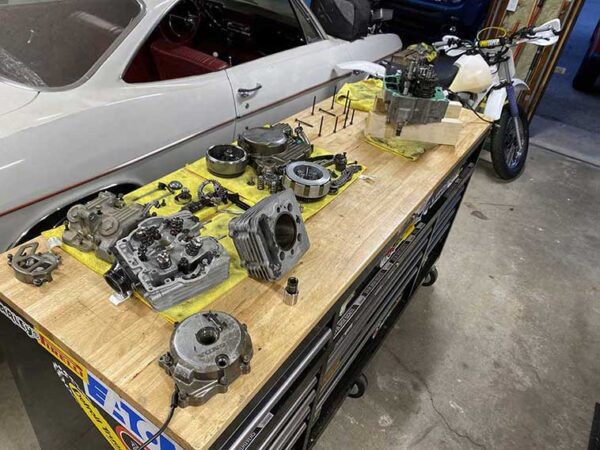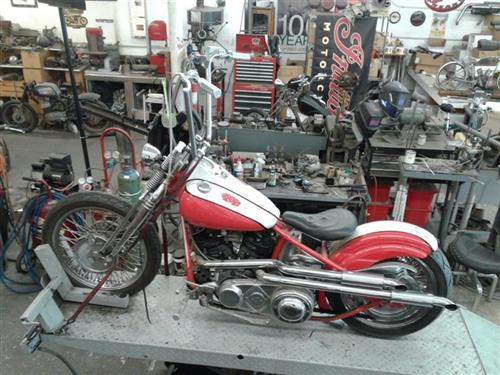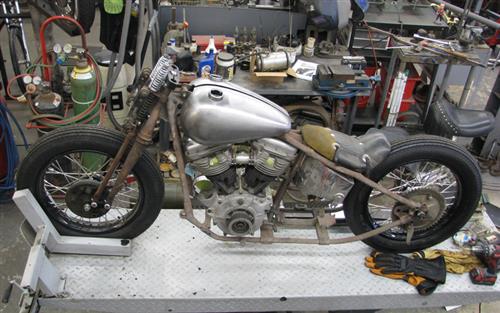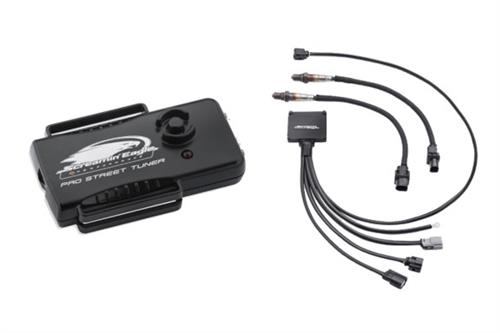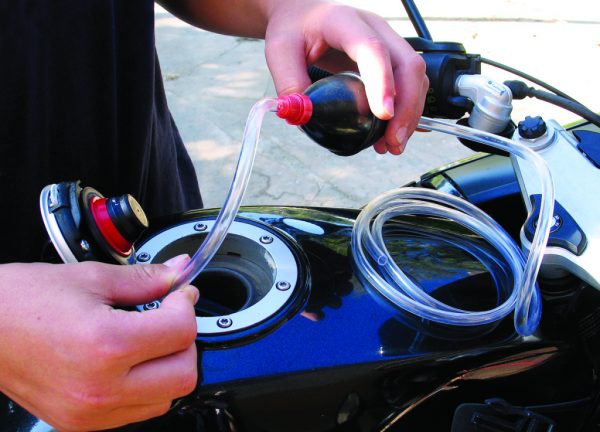You are out on the Highway, enjoying your getaway when suddenly your motorcycle stalls. What to do? Fortunately, the four most common road emergencies can usually be prevented by regular inspection and maintenance, but here’s what to do when that doesn’t work. FROM www.ridermagazine.com 1. Out of Gas Run out of gas on the road and you’ll need a donor bike and a transfer device. To siphon, the fuel level in the donor bike must be higher than the level it will reach in the recipient bike; place the donor bike on a curb or rise. Carry a siphon hose, at least three feet of flexible, transparent hose that is easy to coil and stow under a seat or in a fairing pocket. Get one with a squeeze bulb and you won’t need to undergo the potentially disgusting ritual of siphoning raw gas with your mouth. To avoid mouth siphoning immerse the hose deep into the donor bike’s fuel supply, cap the other end with your thumb and begin to slowly draw out the hose and lower it into the recipient bike’s fuel tank. Remove your thumb once the level of fuel in the hose drops below the top level of the fuel in the donor bike (that’s why a transparent hose is best), and the fuel will begin to flow. If this is not possible, drain fuel into whatever is handy, such as a beverage container, sidecover or tool tray by removing a fuel line and turning on the petcock. This may not be possible if the donor bike has a vacuum-flow system. Rinse the container thoroughly with gasoline, and be certain ol’ Jimbo ain’t lightin’ up during this procedure. Tools: Siphon hose Prevention: Check the gauge, dummy! Zero your bike’s trip odometer when you fill up, and it

